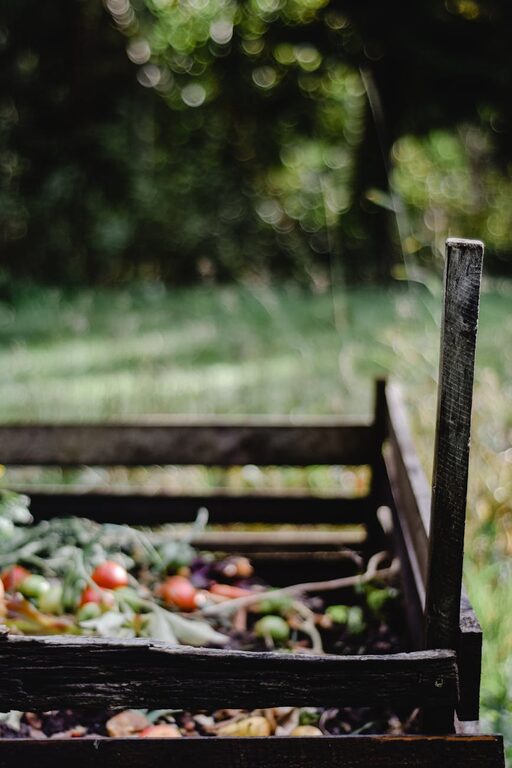Composting at home is an excellent way to reduce kitchen and garden waste while creating nutrient-rich soil for your plants. If you’re new to composting, it can seem overwhelming at first, but with some simple tips and a little patience, anyone can start a successful compost pile or bin.
In this post, we’ll cover beginner-friendly advice to help you get started on your composting journey.
What Is Composting and Why Compost at Home?
Composting is the natural process of recycling organic matter—like food scraps, leaves, and grass clippings—into a dark, rich soil amendment called compost. This not only helps reduce the amount of waste sent to landfills but also improves soil health and promotes plant growth.
By composting at home, you can:
– Reduce household waste
– Save money on chemical fertilizers
– Create nutrient-dense soil for your garden
– Support environmental sustainability
Choosing the Right Composting Method
There are several ways to compost at home, depending on your space, time, and preference.
Backyard Composting
If you have outdoor space, a compost bin or pile is a popular option. You can buy a compost bin or build one yourself using wood pallets or wire mesh.
Indoor Composting
For those living in apartments or with limited outdoor space, indoor composting options include:
– Worm composting (vermicomposting) in a worm bin
– Bokashi composting using fermented microbes
– Countertop compost bins for temporary storage before transferring outdoors
What Can You Compost?
Greens (Nitrogen-Rich Materials)
– Fruit and vegetable scraps
– Coffee grounds and filters
– Tea bags (without staples)
– Fresh grass clippings
– Plant trimmings
Browns (Carbon-Rich Materials)
– Dry leaves
– Straw or hay
– Shredded newspaper or cardboard
– Eggshells (crushed)
– Sawdust from untreated wood
Avoid composting meat, dairy, oily foods, pet waste, and diseased plants, as these can attract pests or cause odors.
Setting Up Your Compost Pile or Bin
Step 1: Choose a Location
Select a well-drained spot with some sunlight but not too exposed to harsh elements. Make sure it’s easy to reach so you’ll stay consistent with adding materials.
Step 2: Build a Base Layer
Start with a layer of coarse materials like small branches or straw to aid aeration and drainage.
Step 3: Add Greens and Browns in Layers
Alternate between nitrogen-rich greens and carbon-rich browns, roughly in a 3:1 ratio by volume. For example, add three parts browns to one part greens. This balance helps the compost break down efficiently.
Step 4: Maintain Moisture
Keep your compost moist, like a wrung-out sponge. Water if it’s too dry, and avoid making it soggy.
Step 5: Turn Your Compost
Every 1-2 weeks, use a pitchfork or shovel to turn your compost. This aerates the pile and speeds up decomposition.
Troubleshooting Common Compost Problems
– Bad Odor: Usually caused by too much green material or excess moisture. Add more browns and turn the pile.
– Pile Too Dry: Add water and green materials to maintain moisture.
– Slow Decomposition: Chop materials into smaller pieces and turn the pile regularly for more airflow.
– Pests: Avoid adding meat or oily scraps and keep the pile covered if needed.
Harvesting and Using Compost
After a few months, your compost will turn dark, crumbly, and smell earthy. This means it’s ready to use!
– In the garden: Mix compost into soil to improve texture, moisture retention, and nutrient content.
– Potting plants: Use as a component in homemade potting mixes.
– Mulch: Spread compost around plants to help retain moisture and suppress weeds.
Tips for Composting Success
– Be patient; composting takes time.
– Chop or shred larger pieces before adding.
– Keep a kitchen compost bin handy to save scraps.
– Use a compost thermometer to monitor temperature (optional).
– Educate your household to avoid adding inappropriate materials.
Final Thoughts
Starting to compost at home is a rewarding way to turn everyday waste into garden gold. With these beginner tips, you’ll be on your way to reducing waste, enriching your soil, and enjoying a greener lifestyle. Remember, composting is a learning process—start small, stay consistent, and watch your compost pile transform!
Happy composting!



